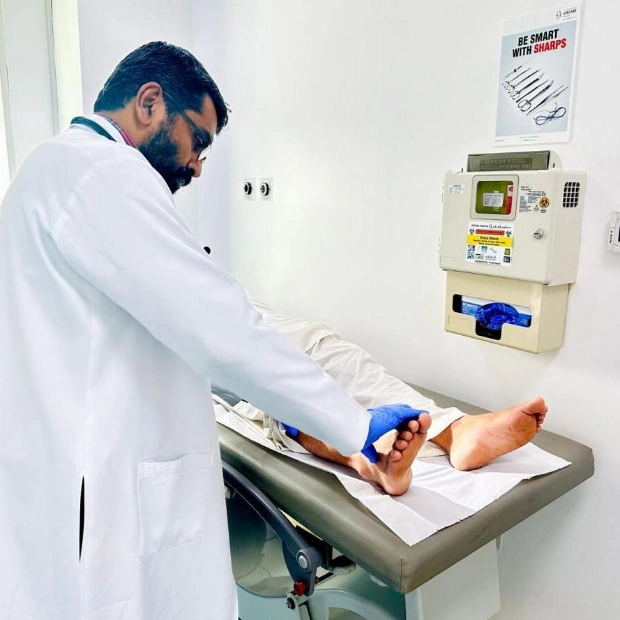As concerns about mpox escalate worldwide, straightforward questions like its potential risks and the distinctions among its variants remain without clear and straightforward answers. In July, the World Health Organization declared an international health emergency due to the spread of mpox, which was first identified in humans around 1970 in the Democratic Republic of Congo (DRC). For years, the disease, formerly known as 'monkeypox', was confined to a few African countries, with mortality rates estimated between one to ten percent among those infected. This uncertainty intensified from 2022 when mpox began spreading globally, particularly in Western countries, where the mortality rate was notably lower, around 0.2 percent.
These differences are likely due to several factors. Firstly, individuals in the US or Europe are more likely to receive prompt and appropriate medical care compared to those in most African nations. According to Antoine Gessain, a virologist specializing in the disease, the risk mpox poses 'strongly depends on the quality of basic care'. The current outbreak's mortality rate, approximately 3.6 percent, would likely be lower if it were not predominantly confined to the DRC. Other factors influencing mortality include individual vulnerability, with the majority of deaths in the DRC, over 500 out of more than 15,000 cases, being children, many of whom suffer from malnutrition.
Conversely, in the 2022-23 epidemic in the DRC, the small number of deaths, around 200 out of 100,000 cases, were mostly adults with weakened immune systems due to HIV. The mode of transmission also varies, with most cases in 2022-23 being sexually transmitted among homosexual or bisexual men. Additionally, the clade of the virus causing an mpox outbreak adds complexity. Scientists are working to understand the health risks and transmission differences between clades. The 2022-23 epidemic was caused by Clade 2 mpox, prevalent in West Africa, while the current deadly outbreak in the DRC is linked to Clade 1, found in central Africa.
However, a separate epidemic affecting mostly adults in the DRC is associated with variant 1b, a recent derivative of Clade 1. Media confusion has led some to label variant 1b as more dangerous than previous mpox strains. Dutch virologist Marion Koopmans noted that popular media claims about the severity and transmissibility of sublineage 1b are based on limited evidence. She added that Clade 1 is known to cause more severe disease than Clade 2. Researchers urge caution in drawing conclusions, especially as Clade 1 was detected in Sweden in mid-July for the first time outside Africa.
Virologist Gessain emphasized the difficulty in comparing different clades due to the significant differences in context and at-risk populations. He questioned how one could compare children suffering from malnutrition with HIV-positive adults.






